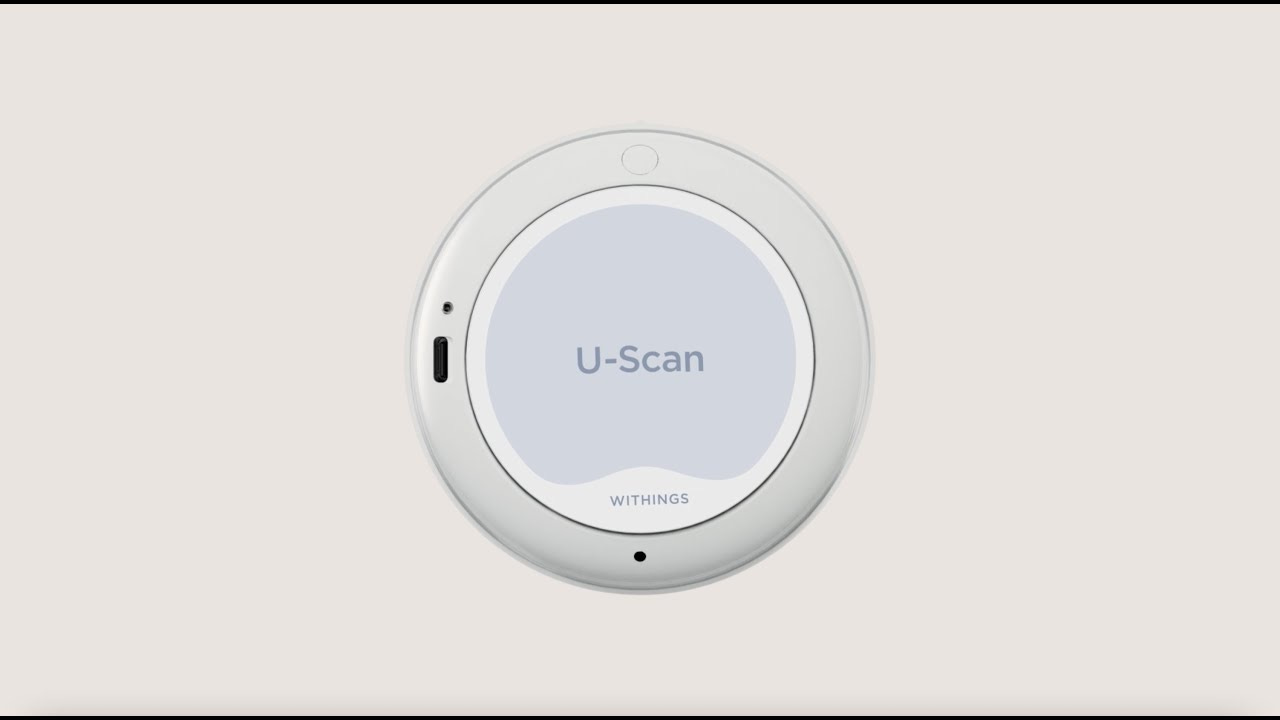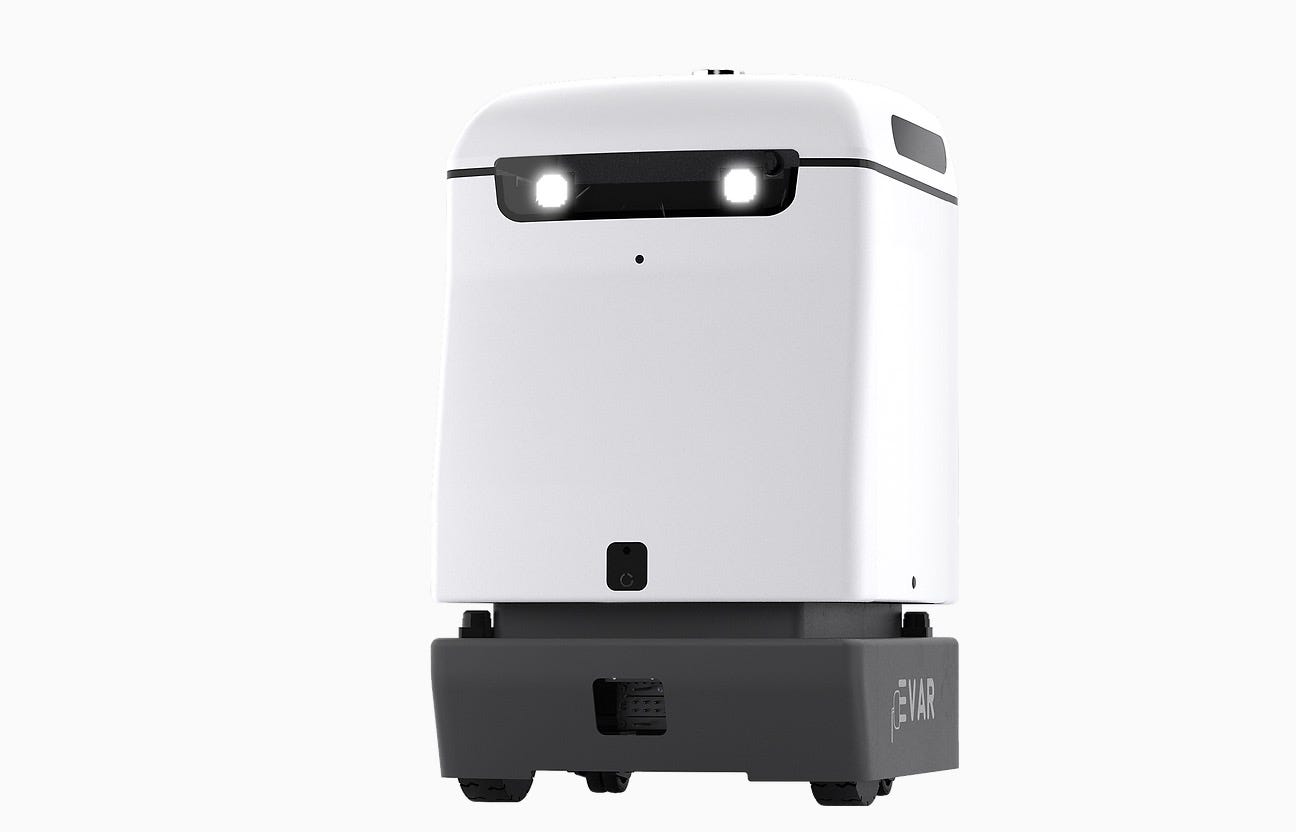5 game-changing products launched in January 2023
Not all products are created equal
Hundreds of new products were presented or launched in January (many at the CES in Las Vegas), and plenty of them are innovative and interesting. But only a few are game-changing, marking a transition, a disruption, or a new evolution in their respective industries. It doesn’t mean they will succeed commercially, but they sure are making an impression. We bet on these trendsetting products.
1. eTukTuk — An electric TukTuk with crypto payments
What it is. A small urban electric vehicle (EV) built to replace traditional TukTuks in Sri Lanka, coupled with a blockchain-based network of charging stations (on the Cardano blockchain).
Why it matters. According to London-based newspaper City A.M., a partner in the project, there are 1.2 million traditional TukTuks in Sri Lanka alone — and they are a huge source of pollution. The transition to EV for this class of transportation is mandatory to reach carbon-neutral goals. Cryptos and blockchains bring some innovative mechanisms to the equation: a secure transaction system to pay for services without the need for cards or cash while allowing the development of an incentivized phygital network where drivers, passengers, and other participants earn rewards in crypto tokens. Light electric urban vehicles and blockchains, a possible winning combination.
2. Displace TV — A wireless and cordless TV
What it is. A 55" TV set with no wires and no ports, powered by a hot-swappable battery. Thanks to a proprietary active-loop vacuum technology, the TV can be stuck to any surface in seconds without any additional fixations. It receives all its content from a separate base unit and is piloted and controlled through hand gestures, voice, or a dedicated app.
Why it matters. This product marks a departure from the traditional TV set form factor — or even from the very idea of what a TV is: it simply becomes a large (and light) display that can be easily moved, hang on walls and windows, or placed anywhere you want. Although the wireless-ness aspect of the TV implies the need to periodically replace or recharge its battery, the concept of cordless displays will probably go a long way. Plus, this TV entirely gets rid of the remote — another noticeable evolution. This could herald the quick disappearance of any standalone devices with buttons designed to pilot a TV, replaced by AI systems and cameras, allowing voice-and natural hand gestures recognition. We are entering a new era where TVs are light, movable, and (really) smart.
3. U-Scan — A hands-free connected home urine lab
What it is. A connected electronic device that sits within any toilet bowl and is able to monitor and detect several biomarkers found in urine. (Coming in the second half of 2023)
Why it matters. Many wearables are monitoring a few health-related metrics, but they still stay on the surface of reality. Urine analysis traditionally requires a not-so-pleasant sample-taking process and a trip to a lab. Most importantly, they are not performed as often as they should. Continuous urine screening without having to change any habit and “from the comfort and privacy of one’s own bathroom” is clearly a game-changer. Get used to it, your bathroom with soon know you (and your body) inside out.
4. Parky — A mobile autonomous robot able to recharge EVs
What it is. A mobile robot created in South Korea that can automatically find direction to your EV and recharge it thanks to its internal battery.
Why it matters. The idea of using robots to recharge electric vehicles is smart. For the user, it removes the hassle of finding an available dedicated spot at a charging station. For the parking lot owners and charging station operators, it avoids the necessity of complex and costly cabling of parking spaces. It’s easy to imagine similar systems spreading, with fleets of robots crawling in parking lots, or even in streets, to bring juice where and when it’s needed. Let charging stations become mobile.
5. OWO — A vest to feel real body sensations from virtual interactions
What it is. A wireless and customizable haptic system allowing you to feel physical touch when playing games or in Virtual Reality (VR). The vest can simulate 30 different sensations, from a punch to an airflow, an insect bite, or an abdominal wound.
Why it matters. Although plenty of haptic devices have been created before, OWO’s solution is light, easy to wear, and compatible with all kinds of gaming devices. It is bringing VR immersion one step closer to reality, à la Ready Player One, and shows the way to a future where virtual worlds are — physically — felt and experienced.
Worth mentioning too
Evie is a “medical grade health wearable for women” shaped as a smart and elegant ring. It gives detailed health metrics, monitors sleep patterns, and allows the precise tracking of the menstrual cycle. (Coming in 2023)
The eKinekt BD 3 bike desk by Acer is a desk combined with a stationary bike that lets users exercise as they work, using kinetic energy from the pedaling to power and charge devices. One hour of constant cycling at 60 RPM can generate 75 W of self-generated power. (June 2023)









